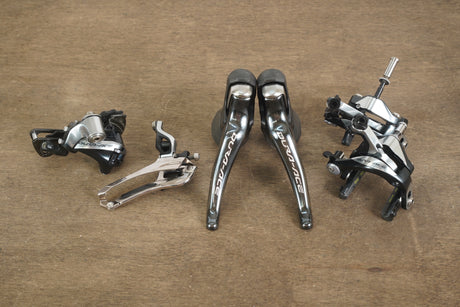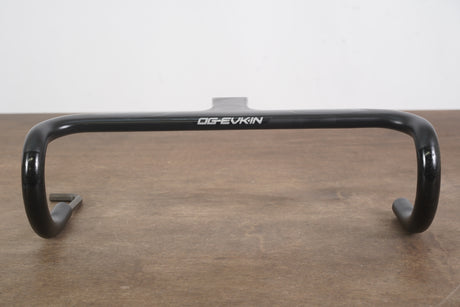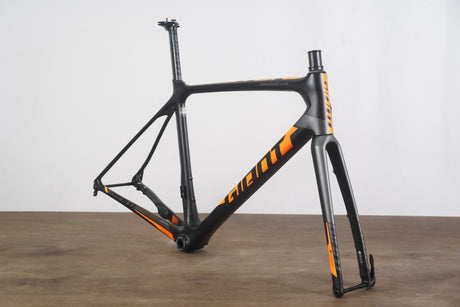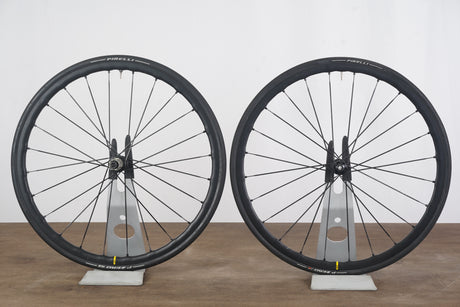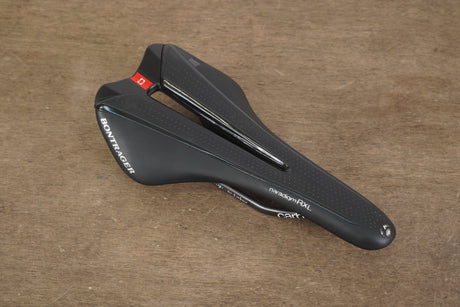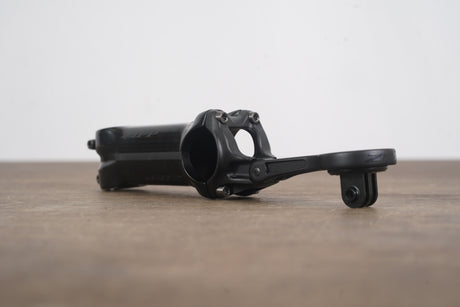If you’re considering upgrading to Shimano’s electronic shifting, one of the first questions you’ll ask is: is Di2 easy to maintain? The answer might surprise you, especially if you’re used to mechanical drivetrains that require frequent adjustments.
Why Di2 Requires Less Maintenance
The beauty of Di2 lies in its precision electronics. Unlike mechanical systems, which rely on cables and housing that stretch and wear, Di2 uses digital signals to shift. This means no cable tension to constantly fine-tune, fewer adjustments, and smoother long-term performance.
Battery Care
Maintenance mainly comes down to keeping the battery charged. A full charge can last hundreds, sometimes even over a thousand miles depending on how often you shift. Checking battery levels before long rides becomes part of your routine, but beyond that, there’s little ongoing work.
Firmware Updates
Shimano occasionally releases firmware updates to improve functionality. These can be installed with Shimano’s E-Tube Project app or via a shop. While not strictly “maintenance,” keeping your system updated ensures peak performance and compatibility with new components.
Durability in All Conditions
Di2 systems are sealed and weather-resistant, meaning rain, mud, and sweat won’t easily affect performance. Regular cleaning of your drivetrain is still necessary, but the electronic parts themselves are designed to withstand real-world conditions with minimal attention.
When Service is Needed
While rare, issues like crash mode activation or damaged wires may require shop support. Still, compared to the routine adjustments of mechanical groupsets, Di2 proves far less demanding over time.
FAQs
1. Do Di2 components wear out faster than mechanical parts?
No. The derailleurs and shifters are built to last. Wear and tear mainly affect the chain, cassette, and chainrings, just as with mechanical systems.
2. How often should I charge my Di2 battery?
Most riders only need to charge every few weeks or even months. A quick check before big rides ensures you’ll never be caught with a low battery.
3. Does Di2 require professional servicing?
In most cases, no. Aside from firmware updates or crash recovery, Di2 systems run with minimal intervention. For wiring issues or replacements, a bike shop may be helpful.

